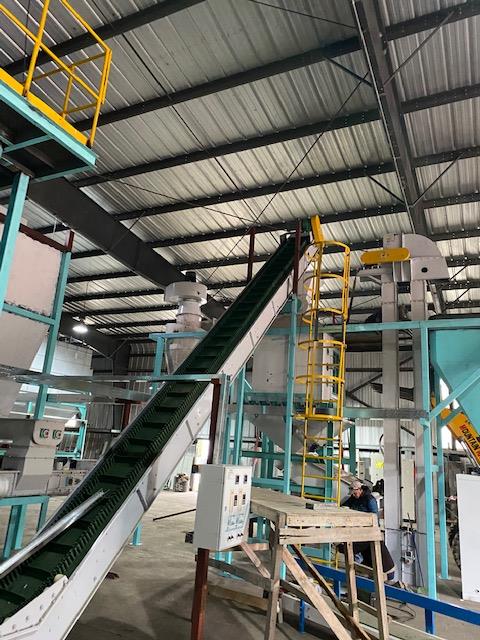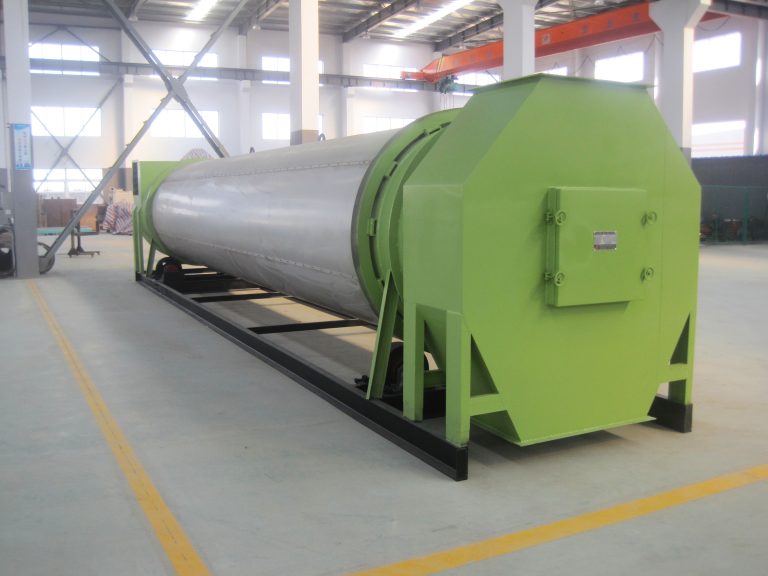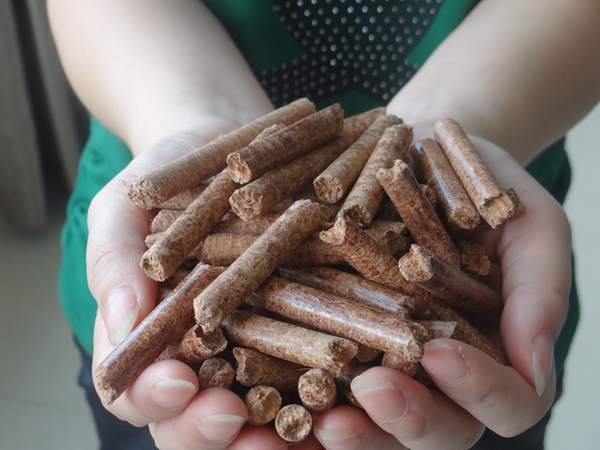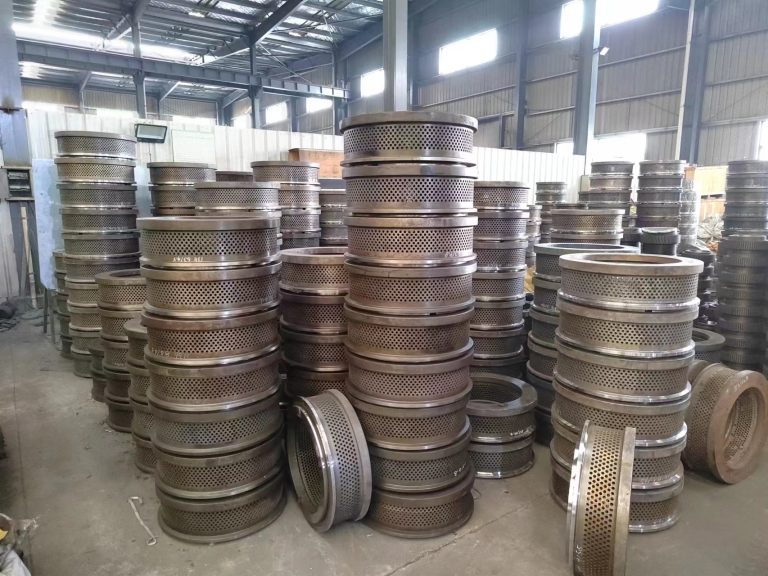How Bagasse Can Be Used to Create a 15T/H Biomass Pellet Production Line
Biomass pellet production is an increasingly popular sustainable solution for energy production. Bagasse, the fibrous residue of sugarcane, is a great source of biomass for pellet production. With the right equipment and processes, bagasse can be used to create a biomass pellet production line.
The benefits of using bagasse for biomass pellet production are numerous. Bagasse is a renewable resource, meaning it can be used over and over again without depleting the environment. It is also a low-cost material, making it an attractive option for businesses looking to reduce their energy costs. Additionally, bagasse is a high-energy material, meaning it can produce more energy than other biomass sources.
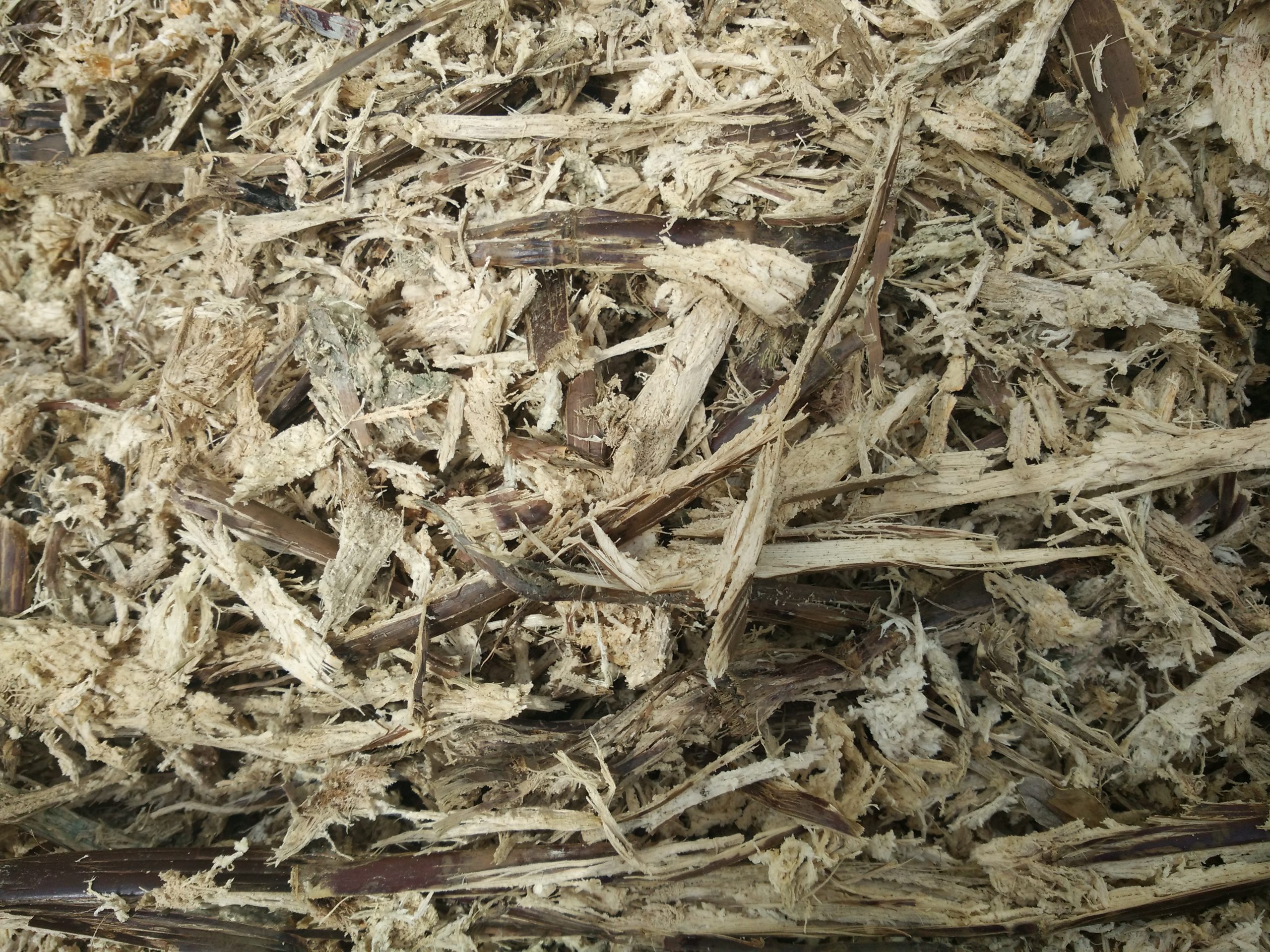
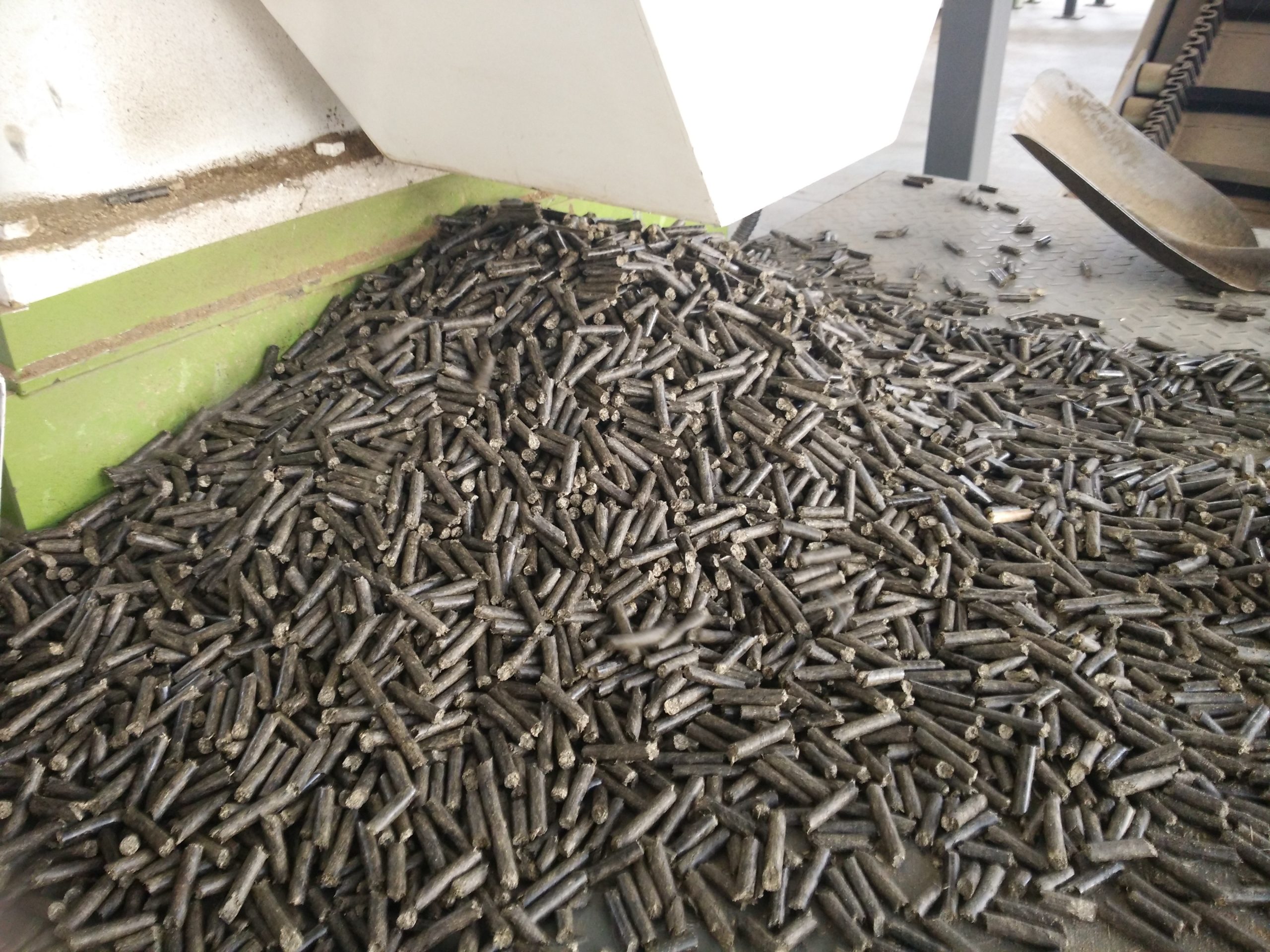
15T/H biomass pellet production line built with bagasse as raw material. If your raw material is bagasse, then you need to pay attention to the following points when granulating and building the production line. First of all, the bagasse needs to be pre-treated, such as grinding, drying and so on. This pretreatment process can be done using the appropriate equipment. Secondly, the right pellet machine equipment needs to be selected to ensure that bagasse can be processed into high-quality pellet products. This choice needs to be determined according to the characteristics of bagasse and production needs. In addition, it is also necessary to consider the production capacity and efficiency of the equipment as well as the maintenance and maintenance of the equipment. When building the production line, it is necessary to design and layout according to the actual situation to ensure the stability and efficiency of the production line. Finally, it is necessary to pay attention to environmental protection issues and choose raw materials and production processes that meet environmental protection standards to achieve sustainable development.

